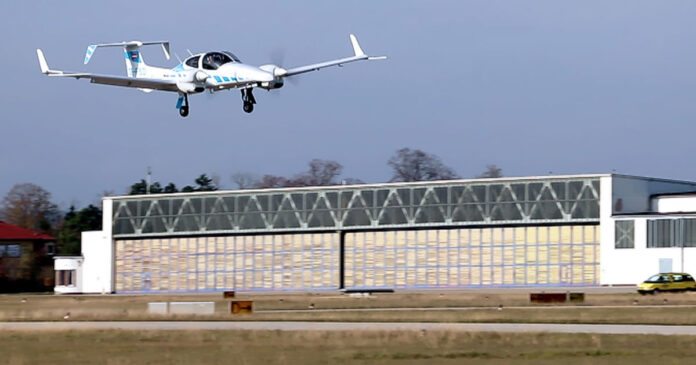Mawara Tahir

Technology is spreading its wings rapidly in the world, as recently an aircraft lands itself independently without any assistance of humans. Multiple airliners can function automatically but not autonomously, without any interference of the mankind. But for the first time in history German scientists have made it possible by creating a programmed landing framework for the small aircraft that gives them a chance to touch down without a pilot; however without the tech on the ground other ordinary planes cannot do it.
This newly introduced formula could open up a completely new era of autonomous flight and it would too open the doors of frequent robotic tech into the world — and make customary arrivals more secure, to boot.
The experts utilizes GPS to explore, however allies that with each observed gentle and infrared cameras to distinguish the runway and procure a correct direction of its place notwithstanding when haze or downpour harms visibility. From that point, the plane can figure a skim way and in some other case contact down independently.
With the sophisticated auto-pilot systems now there is going to be an option for the auto- landing also. But it would take some time to be executed in the standard full-sized aircrafts, it’s for the time being is nearly impossible without radio signals emitted from stations on the airport.
A plane can launch naturally utilizing ILS and different systems, but it’s uncommon and, when they do it, it isn’t really self-sufficient — it’s increasingly similar to the airplane terminal is flying the plane by wire.
In any case, specialists at Technische Universität München (TUM) have made a framework that can land a plane without depending upon ground systems by any stretch of the imagination, and exhibited it with a pilot on board. They used a Diamond DA42 that the team outfitted with a custom-designed automatic control system and a computer vision processor both built for the purpose, together called C2Land.
As test pilot Thomas Wimmer said in a TUM news release: “The cameras already recognize the runway at a great distance from the airport. The system then guides the aircraft through the landing approach on a completely automatic basis and lands it precisely on the runway’s centerline.”
It would be a milestone in the world of technology, if the system actually came into function with upgraded aircrafts.
Currently the tech is especially still exploratory and experimental, not even at the level where it could be circulated and tested generally, let alone affirmed by avionics specialists. In any case, the security advantages are self-evident, and even as a reinforcement or augmentation to the existing, rarely utilized autoland systems, it would almost certainly be an appreciated expansion.
Yet it might possibly lay some groundwork for end-to-end autonomous flight that may solely require supervision for full journeys.




